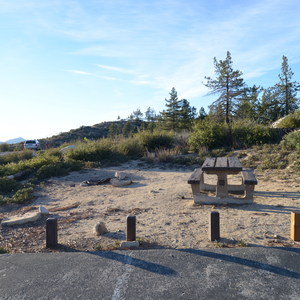Driving along the road, along the rim, and up to the impressive observatory, it truly does feel like you’re dangling over the sparkling, smoggy, bustling city.
The observatory nestled into the rugged edges of the San Gabriel Mountains has served the interests of astronomers for over 100 years. In 1903, George Ellery Hale, already renowned for having established the Yerkes Observatory for the University of Chicago, persuaded the budding Carnegie Institution of Washington to develop the Mount Washington Solar Observatory as its first real investment. It was merely four years later that the first of its nighttime telescopes became operational, and they remained to serve the university until its new observatory in the Chilean Andes opened 80 years later.
Once having contained arguably the most famous telescope in the world, the Hubble telescope, the observatory now houses two telescopes that remain historically important. The Hooker telescope, from its time of completion in 1917, remained the largest aperture telescope in the world for 32 years. Likewise, the Hale telescope was the largest telescope in the world upon its completion in 1908. It is now the second largest in the world devoted to the general public.
It’s hard to imagine that a perch with such an impressive view over smoggy Los Angeles would afford scholars any view of the night sky, but the inversion layer that traps smog over the city gives Mount Wilson more naturally steady air than any other location in North America. Although the increasing light pollution has hindered its visual accessibility to deep space, it remains a productive center.
Pack a picnic, take a $10 tour of the facilities on the weekend, or simply drive up the twisty, winding Highway 2 to get a regal and panoramic view of the rippling San Gabriel Mountains that tumble down toward the city and Santa Monica Bay.

























Comments
Sign In and share them.